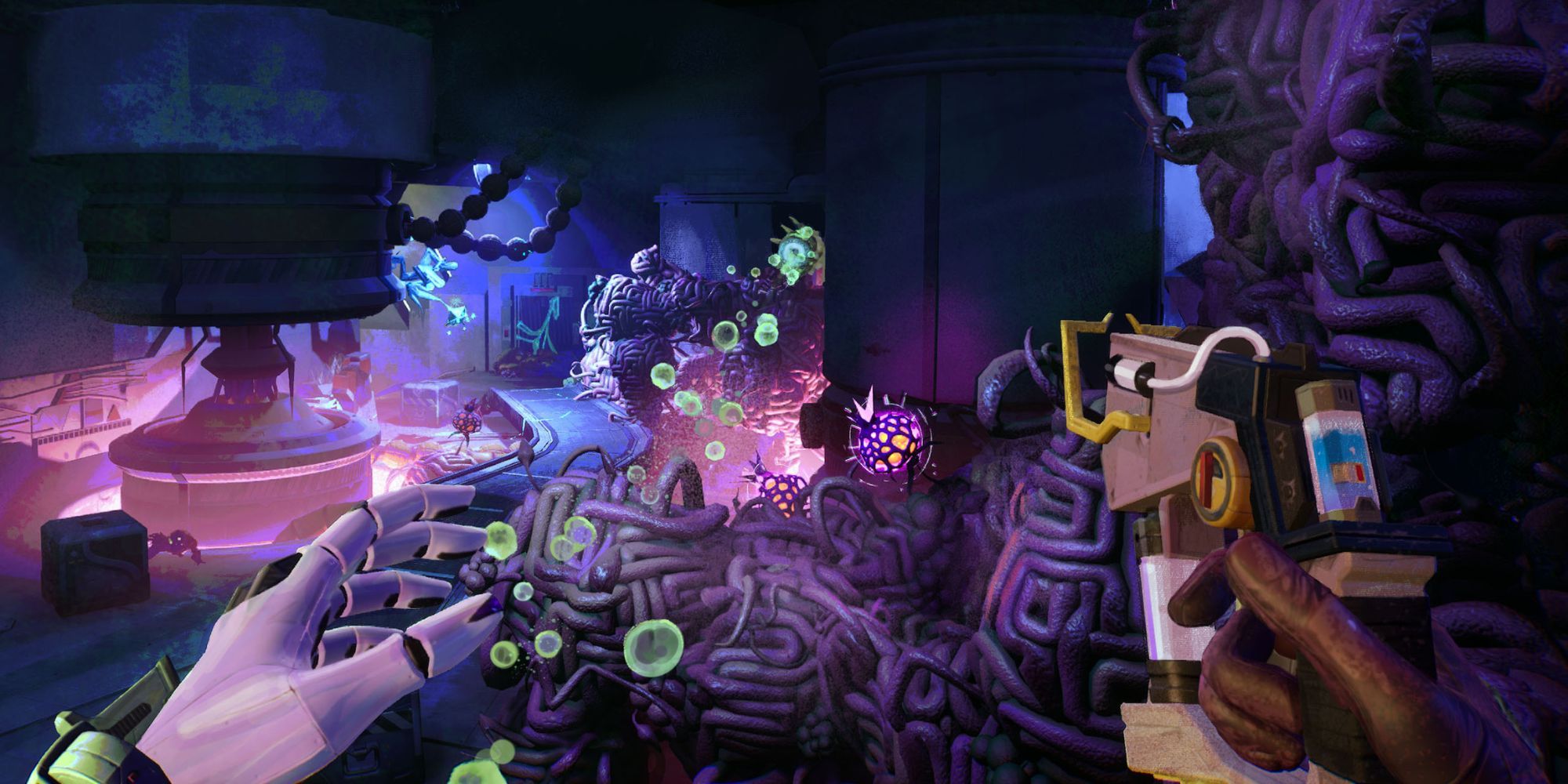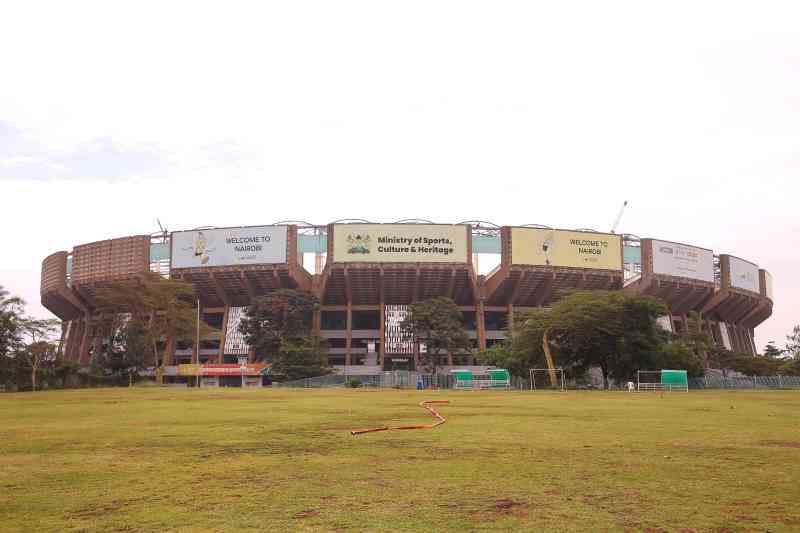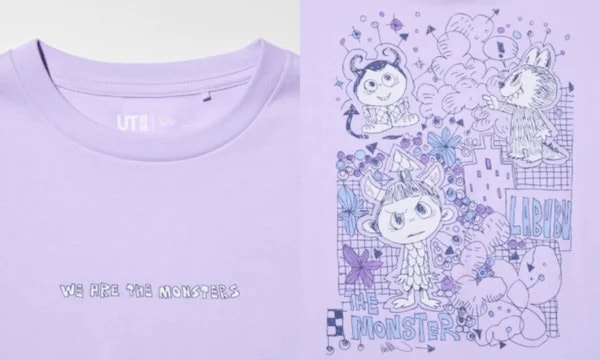At this year's Summer Game Fest Play Days, Hardcore Gamer had the chance to sit down and chat with part of the team working on Ambrosia Sky, an ambitious and beautiful new immersive sim from Soft Rains following Dalia, a futuristic disaster cleaner, known as a "Scarab," sent to remove an infestation of killer fungus at her old home in the outer rings of Saturn. Studio Head Joel Burgess and Art Director Adam Volker broke down the new studio's collaborative vision, the unique and dynamic art style and more during an interview after our hands-on preview.
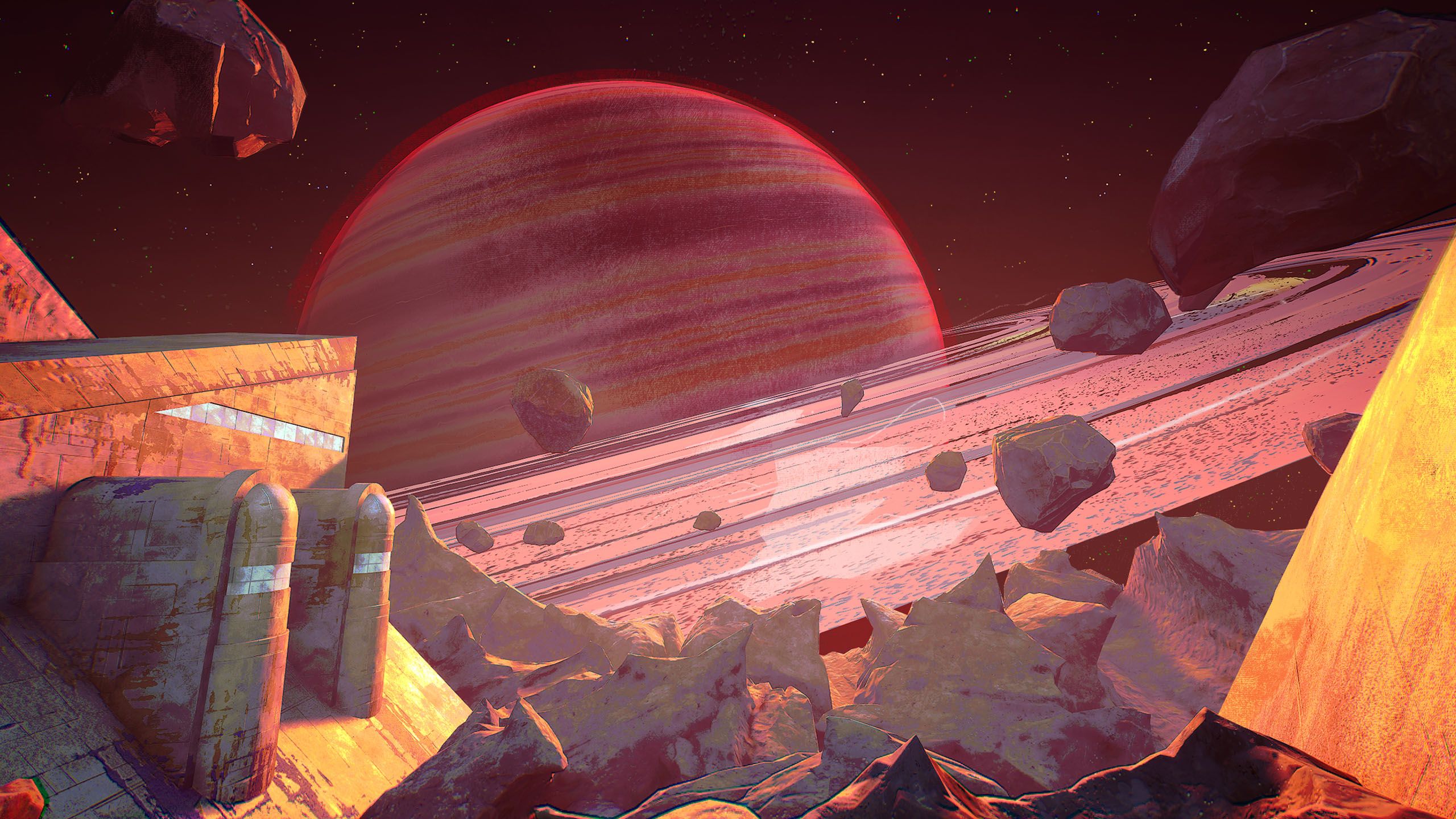
[Joel Burgess] This game is a product of this team. This isn't an idea I've had for a million years, or that Adam had, that was brought in. It's a collective creative creation. So for us, it was like "okay, what do each of us bring to the table creatively, as craftspeople?" So that came from a legacy of working in simulation-rich, immersive games, like what I did on Fallout, Skyrim, stuff like that. Kate (Kaitlyn Tremblay), our narrative director, having done things like A Mortician's Tale, and thinking about how we can get a unique visual atmosphere that's going to come through. How do we take the style that Adam, our Art Director, and the team contributing put together?
Related
10 Games To Play If You Love Slime Rancher
Whether you want the creature collecting or the farming, these games should touch on the features you love from Slime Rancher.
So it's sort of this petri dish of creatives, and we feel like "okay, cool, we found this world-building idea and these gameplay ideas; how do we marry them?" So we think a lot about "we kinda know who our character is, and we kinda know what our verbs are. We want to play around with this cleaning and this destruction, so then, what would she do?" Like, "would this person ever use a pistol? No, actually. So then, how do you deal with threats? Okay, well, we can have like different sprays, right?"
What kind of systems do you want to simulate and play with? And can we make the fungus part of that system? So it really has been this miasma of different things. What's exciting and super difficult about creating a new IP is how we actually tame the beast of that and make it into something more cohesive.
[Adam Volker] Yeah, for sure. Some of our main core influences were comic books, and I like to pull a lot of inspiration from outside the industry into games and try to shoot for various art styles. So Matias Bergara and Kilian Ang were two really strong visual references for the concept team.
And then, what I could start concepting was to kind of "Method Act" some of the rules that they were using when they approached illustration and try to paint the world that Kate and the team had already put together with the writing and the world-building that they'd done. So what we get to make is, like, "what does a cluster on Saturn look like? What do five to ten various fungi overgrown in the same room look like?" It's a maximalist art style at the end of the day, so it's been a really fun challenge taking that visual direction, translating it into 3D, and still making it parsable for the player. Building a world that really feels credible, feels like a real place and stands out from the gaming refuge.
[Joel] Yeah and let's be real. You have time and attention, there are so many great games, and we want to make it a beautiful, totally unique piece of art. I think it's also important that we make a beautiful, unique-looking piece of art because we want to capture people's attention and give them something that they haven't seen before. That's part of the game, part of the mechanics, part of the story, but it's a huge part of the art direction and the audio direction as well.
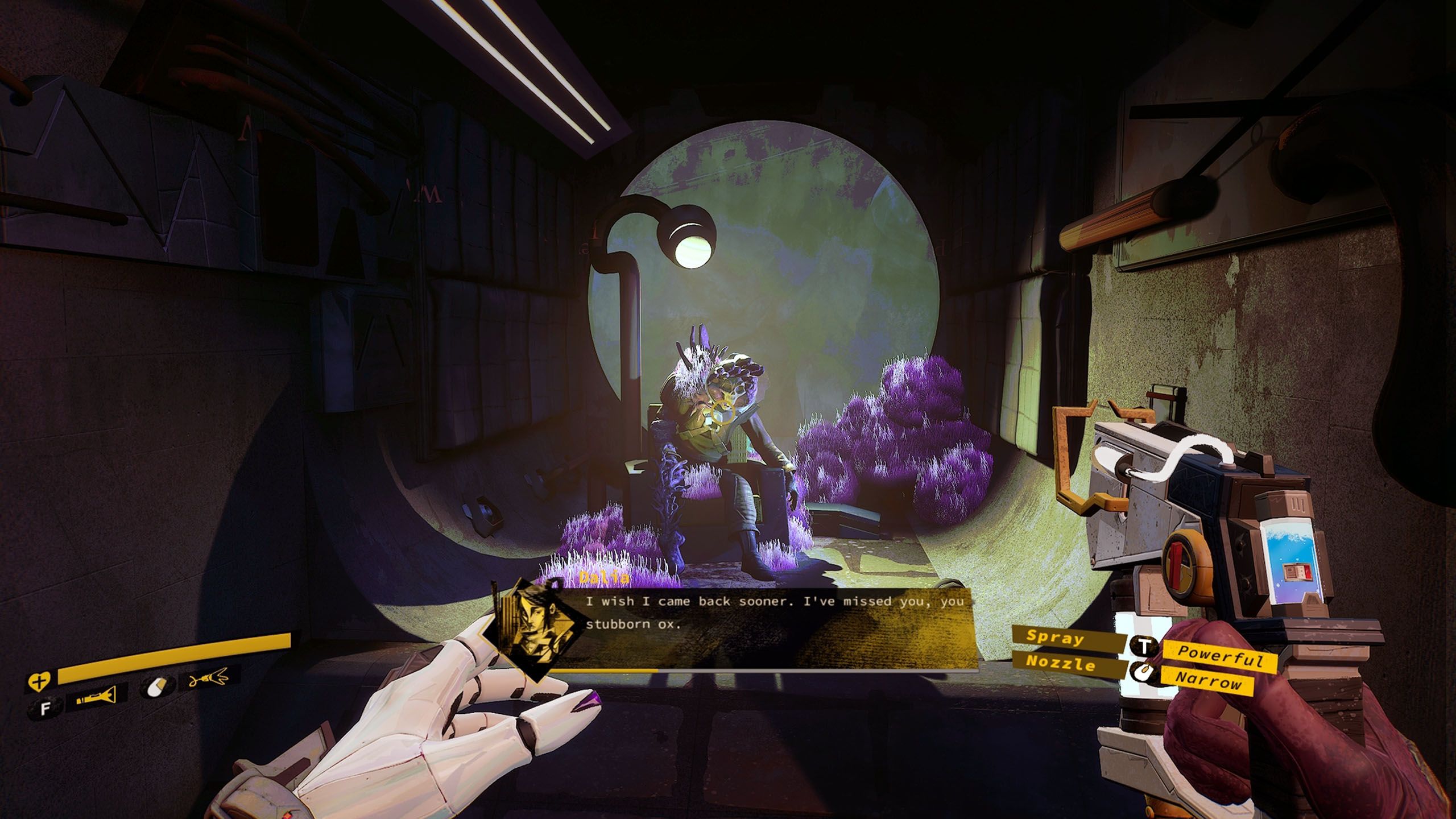
[Joel] Yeah, she definitely has a journey that she goes on. Like, she's from here, right? She's a local kid who left and came back. I don't think this is Kate's favorite way for me to talk about Dalia, but she's emotionally constipated. She works for the Scarabs, as a Scarab, who have this big grand mission and almost-spiritual ideals. And she's more of a dry scientist.
She left this place and is coming back. A crisis happened, and there are a lot of these unresolved feelings because she didn't really confront some issues, she left instead. So you're going to get to unpack a lot of where she's coming from through her reaction to what's happening. But then, as she uncovers what's happened, there's a whole other story with her stepmother.
She's going to go on this journey where she's seeing what's happened to people, understanding this community that she's left, and trying to track down those characters that drive the story. So you get a lot of her historical character background as she's unpacking it, and then, of course, the story itself moves forward from there.
[Joel] For me, what I really like about what we've come across, especially because it is such a shared vision, is that we've managed to take a lot of the best things that we've played and that we've learned, and blend them into something that's totally unique. But in terms of "unique selling points" from a player's point of view, there are job sim games and cleaning games, and we're really interested in the interest that people are taking in that space.
But then, we also have this really classic sense of first-person adventure games, some of the most respected games which some of us have worked on and that all of us have played and love, and we feel like there are very few times when we've seen those two things touch. So I think that's what's really exciting is these really modern gameplay mechanic ideas in this very prestigious sort of presentation style. I think a lot of us love those classic first-person adventure games that we want and crave but are kind of hard to come by.
[Joel] Not huge. We're as big as we've ever been right now and we're about twenty people. So, it's definitely not like a solo indie type of thing, but we're not in that "little AAA" kind of situation. It's a space that I enjoy because I've worked on really, really big teams, and I've worked on really small teams, and at this size, it's a little bit more like being in a band with everybody's influences. You get a chance to play the game and say "Oh, I recognize Fiona, I recognize Christina." You just see people through their work.
[Joel] I'll put it in these terms. There's a version of this game which is a walking simulator. And that's still a great version of this game, right? But I think a lot of the immersive sim and first-person adventure stuff comes from where you have gameplay and narrative. Creating these opportunities where you can craft these cinematic-feeling moments without cinematics.
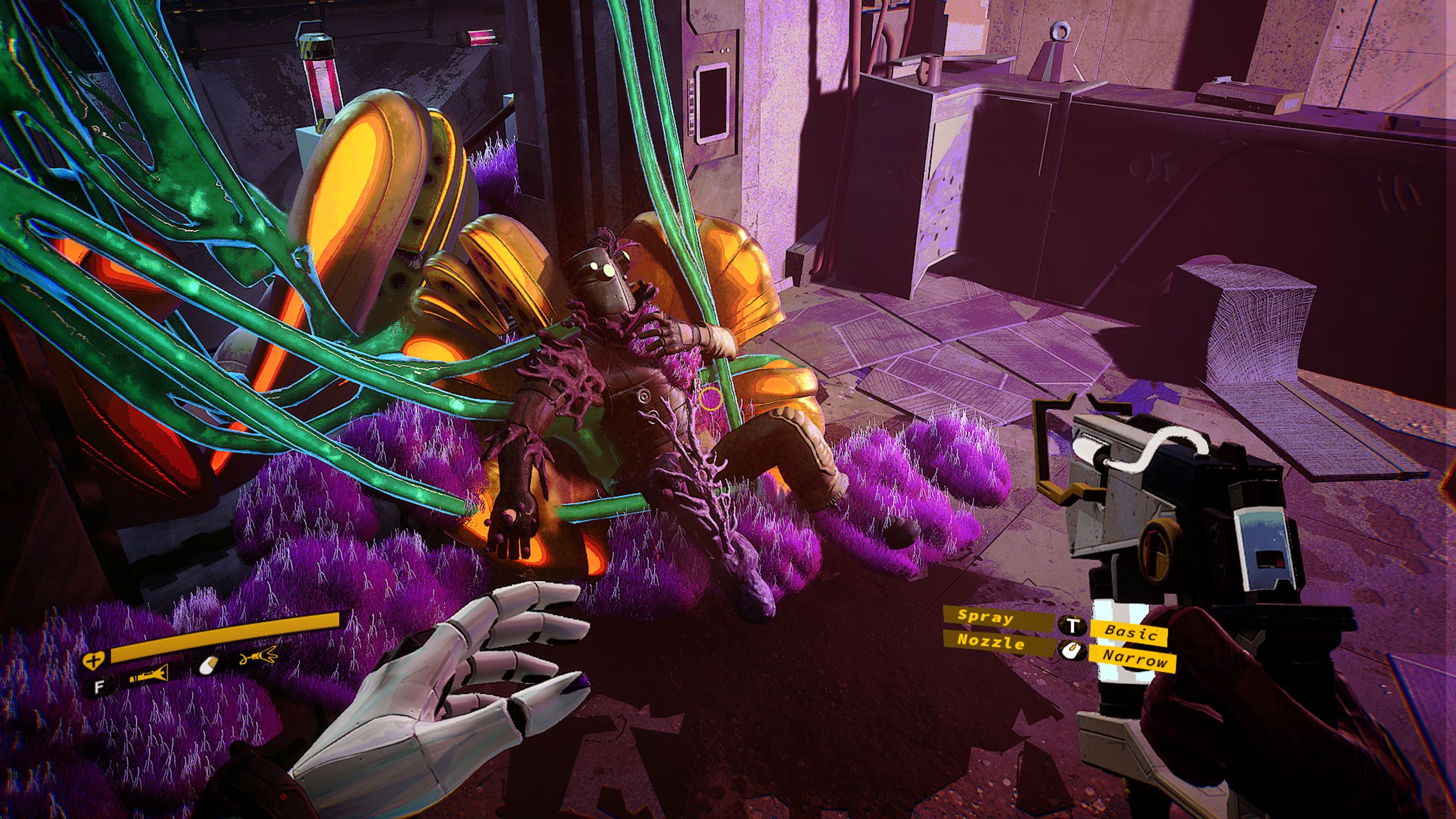
The mission in the demo is a death ritual mission. That's the whole point is to go in and get that scene at the end of the mission. That is a different mission type than we are doing in the tutorial. She gets sent on different missions, it's not just purely linear. You're presented with the rings of Saturn, and there's some "you have to do A before B" stuff, but once the player unlocks it, then you get to pick "do I want to do this one or this one?" And we try and build them in this way where there's a little bit of variety, so you can choose what you're down for right now.
[Adam] It does, yeah. It's a bit in the weeds, but we build a modular system of kits to build the environments out of, because our team is quite small, but we want to take it to as many places as we can. It's about getting the most bang for your buck out of the things that they build, and then working with the narrative team to figure out "Where are we trying to go? What's ahead of us and what sort of things do we want to make in order to make those environments real?"
The cluster should feel like an entire colony on these asteroids, of all sorts of different types of facilities. Like, it had a farming section, it had a source of government, it had science facilities and these sorts of things. So we're going to bring you to all of those places, fully realized, and covered in, you know, alien fungus.
[Adam] Yeah, the real answer is that it's because I think it looks cooler. I would be lying if I told you "Oh Dalia's real story is because she used to be a watercolor painter, so we were putting that in the VFX." No, I just like the way they look.
But I also think it's a passion of our team to be tinkerers. Our tech artist actually used to be a chemist. And so we're coming from all sorts of different angles, to make games and synthesize that art team and make this stuff. And we love trying different types of things. A hybrid of a 2D/3D VFX style is just something that's fun to do. It's not plug-and-play for Unreal, which is the engine making the game on, but I think it's actually more fun for our team.
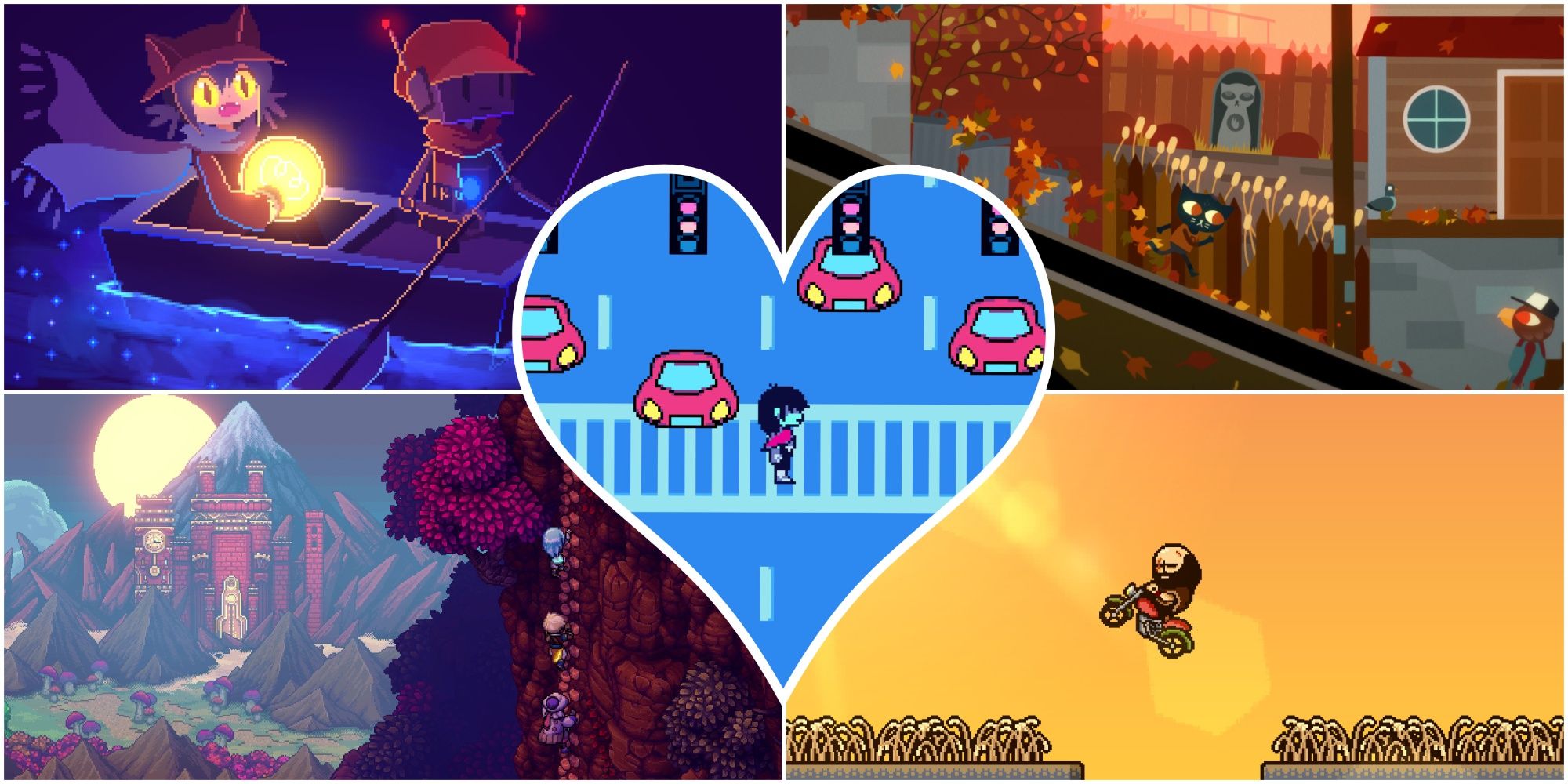
Related
8 Games To Play If You Love Deltarune
Looking for more adventure after experiencing the Dark World of Deltarune? Give these games a look!
It's a creative puzzle to figure out "Well, could we draw this element and actually make it better?" That's part of what the comic book story panels came from. For our death rituals, I sat down with Kate, who's our narrative director, and we were like, "How do we make these more emotionally impactful? Well, what if we did some comic stuff in the environment and we took the player out of the pace of time?" And then we were able to show things that we couldn't 3D model or animate.
Ever since we did those death rituals, it's been like, "Well, let's keep doubling down on that and make other 2D/3D integrations." Now, it's become a fun shorthand that our team works with, saying "Oh, should we do this explosion in VFX or 2D/3D or maybe both?" And a lot of those problems are getting solved as we go.
[Joel] Particularly on the immersive sim inside of things, there's a real love for that whole class of game. I was very fortunate. I was at Bethesda at the time when Arkane joined, so I got to know a bunch of people on that team who were brilliant, and getting to not just be a fan of these kinds of games, but then be able to see Prey evolve, to be able to see Dishonored evolve, look at them and how that mirrored stuff that we were doing in Skyrim and Fallout.
For me, it really has always lodged in my head that "this is why I want to make games." I really love creating a place that you get to be in. And so a lot of this systemic stuff comes from that, "how do we pay homage to those kinds of experiences where you get to play in that playground, but do something that is fresh and that you wouldn't have seen before?"
It's a really unusual world, it's a really unusual character arc, it's a really unusual core mechanic. That freshness and that familiarity, it's been really, really, exciting to be a part of. We're not making a spiritual successor to something that we did or somebody else did. We're making something totally unique.
One of the cool stories, which, you blink, and you miss it, but in the trailer, under our logo, you can see we've just begun a relationship working with Blackbird Interactive. That's the team that made our Hardspace: Shipbreaker. And when we think about games that have these job sim things going on, a lot of the games that we see in that space are really cool and exciting but don't necessarily have that world-building piece. Hardspace does.
As we were building this game, we kind of realized, "Oh, Hardspace is actually a really important reference for us." The game developers are our friends, and the folks at Blackbird saw what we were doing, and rather than be like "Hey, we're competitors now," they were like "Hey, how can we help, how can we get involved?" We actually just started doing that with them, so it's really cool because it is an inspiration game and now we get to collaborate with them.
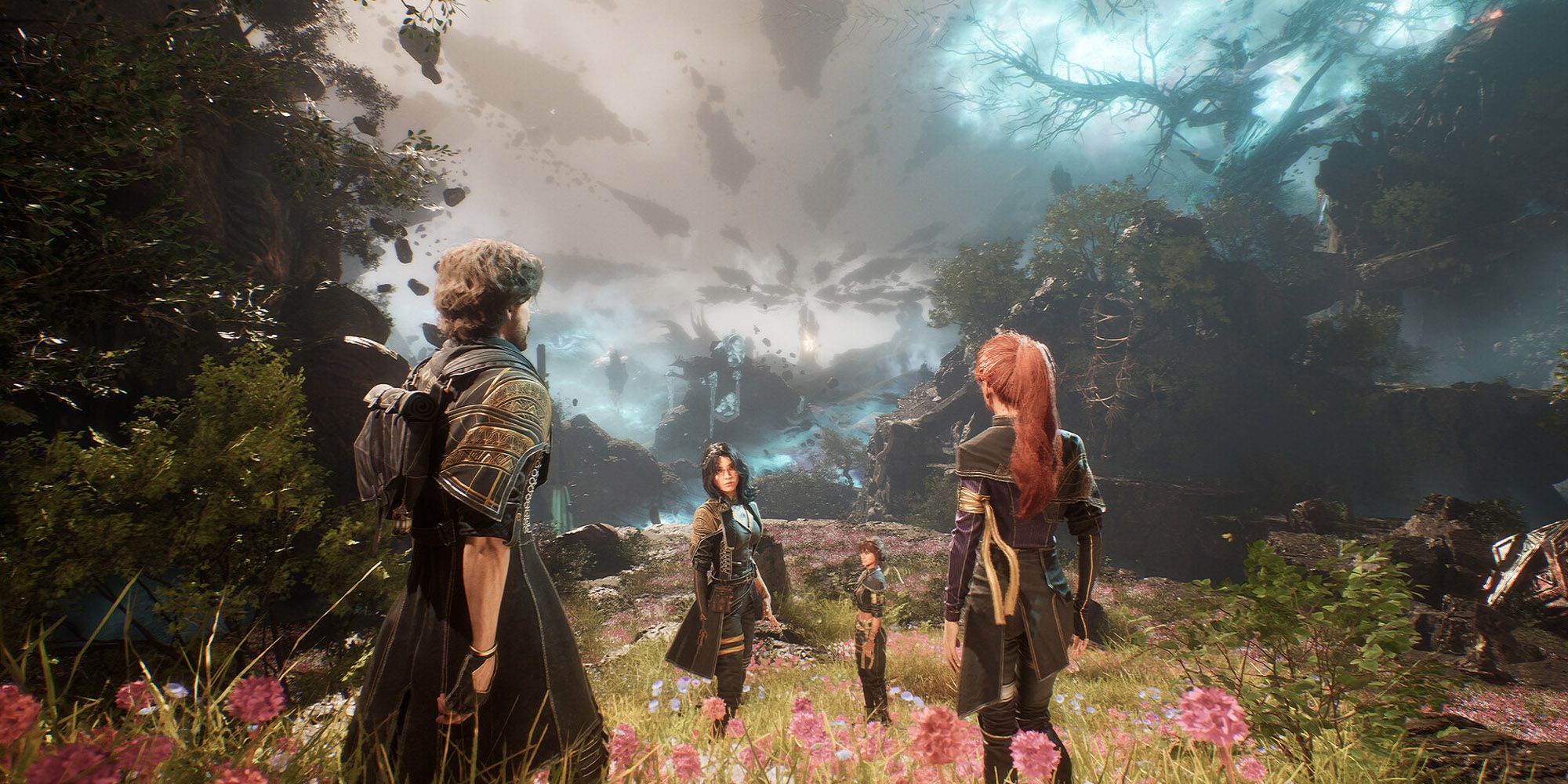
Next
Review: Clair Obscur: Expedition 33
Clair Obscur: Expedition 33 is a turn-based RPG that pushes the technical aspect of modern hardware to its limits.
